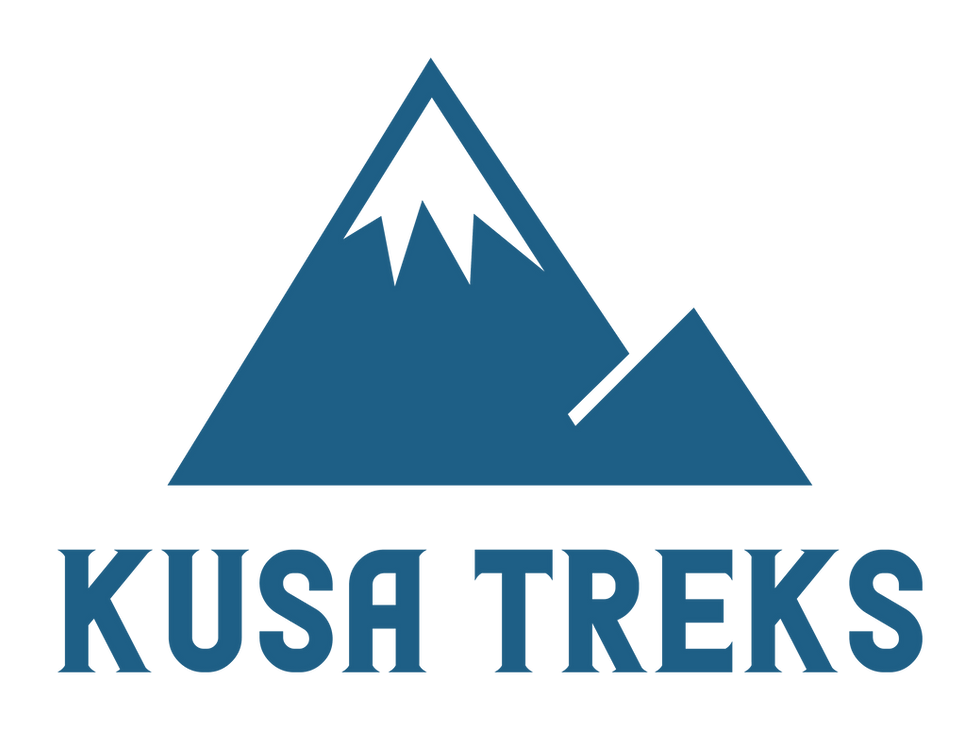Training Tips for a Trek to Machu Picchu
- prestonwhill
- Feb 11, 2021
- 3 min read
Updated: Feb 12, 2021
Overview

If you plan to do a multi-day trek to Machu Picchu you will likely want to prepare physically and mentally for the rugged Andes and high altitude you will encounter.
The majority of our treks are over 10 miles long (16km) and take place at altitudes between 6,000ft (1,828m) and 15,000ft (4,572m). Being physically prepared for a trek will better enable you to appreciate the natural beauty that Peru has to offer, rather than dreading the next mile of hiking!
We've put together a few recommendations below of how you can train for a trek. However, if you have any physical limitations or major concerns you should always consult your doctor.
And if hiking isn't for you, we have incredible tours to Machu Picchu by train as well trips to other amazing destinations.
Day Hikes (4 to 6)

The best way to prepare for a hike is...well...to hike!
We recommend doing at least 4-6 "day hikes", which should be at least 5 miles long and last 6 hours. These excursions should not be arduous or taxing, take your time and plan our your walk. Visit a local park or walk around your neighborhood a few times, making sure to take plenty of breaks and enjoy the world!
During these day hikes you should try and carry a small day pack with ~10 lbs. of items in it, including some water. This will help simulate what you will have to carry during a trek (water, sunscreen, camera, rain poncho, etc.).
You should also wear the footwear (boots or hiking shoes) that you plan to use during the trek, this will help you break in the footwear, lowering the chances of getting a blister. Check out our packing list for more info on hiking boots, backpacks and socks.
Overnight Hike(s) (1 to 2)
In addition to 4-6 day hikes, you should try to do at least 1, preferably 2, overnight hikes. T
his will be a slightly different experience than the one you will have during a trek, because you will have to carry all of your gear, whereas on a trek, our staff will carry and set up everything for you!

prepared for a trek in Peru. These overnight hikes should be at least 10 miles long and include at least 1 night of camping. Find a national park or other area near you that you can't reach via car and start walking! During the overnight hike(s) you should try to wear as much of the clothing that you plan on wearing during the actual trek to get everything broken in, especially your boots. Make sure to bring plenty of water.
Conditioning and Calisthenics Workouts
Outside of hiking, there are several workouts that you can incorporate into your daily/weekly routine that will help your body prepare for a multi-day trek. And the great news...you don't need a gym membership to do these exercises!

Stretching: stretching can improve strength and flexibility when done consistently and purposefully. Check out this blog post by Columbia for the Best 5 Stretches for Hikers.
Lunges: lunges are a great way to work out your glutes, quads and hamstrings all of which you'll use during a trek. Here's a great video on Lunges for Beginners, that demonstrates the proper technique.
Core Work: building a strong core is essential for almost any activity, hiking included. Your core is comprised the ab muscles on the front of the body, but also consists of your back muscles as well. Here is a nice resource that outlines 20 core workouts that you can work into any fitness routine.
Yoga: yoga is a great full body work out that will increase flexibility, balance, core strength and hip mobility. Here is a good introduction to yoga for beginners (20 mins). Namaste!
Other workouts: Here are links to several other workouts that can help prepare you for a trek: Jumpsquat, Step Up, Single Leg Box Squat, Squat-Curl-Overhead press, Slide Plank w/ leg raise
These a few exercises that we recommend to specifically target muscles that you will use while doing a trek.
As always, we recommend that you speak with your physician if you have any concerns when starting an exercise routine, the number one goal is to avoid injury, both during training and during the actual trek.




Comments